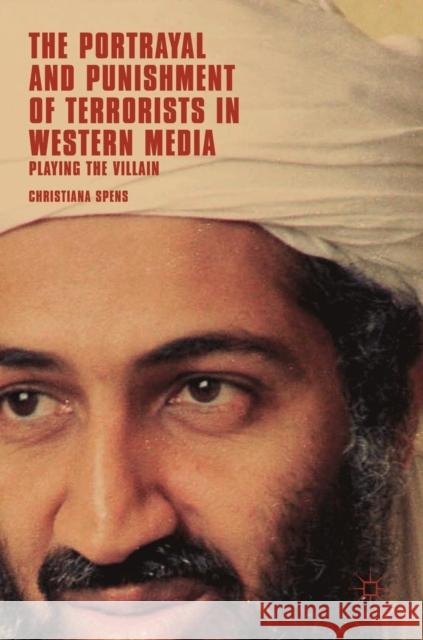The Portrayal and Punishment of Terrorists in Western Media: Playing the Villain » książka
topmenu
The Portrayal and Punishment of Terrorists in Western Media: Playing the Villain
ISBN-13: 9783030048815 / Angielski / Twarda / 2019 / 253 str.
The Portrayal and Punishment of Terrorists in Western Media: Playing the Villain
ISBN-13: 9783030048815 / Angielski / Twarda / 2019 / 253 str.
cena 302,60
(netto: 288,19 VAT: 5%)
Najniższa cena z 30 dni: 289,13
(netto: 288,19 VAT: 5%)
Najniższa cena z 30 dni: 289,13
Termin realizacji zamówienia:
ok. 22 dni roboczych
Bez gwarancji dostawy przed świętami
ok. 22 dni roboczych
Bez gwarancji dostawy przed świętami
Darmowa dostawa!
Kategorie BISAC:
Wydawca:
Palgrave MacMillan
Język:
Angielski
ISBN-13:
9783030048815
Rok wydania:
2019
Wydanie:
2019
Ilość stron:
253
Waga:
0.46 kg
Wymiary:
21.01 x 14.81 x 1.6
Oprawa:
Twarda
Wolumenów:
01
Dodatkowe informacje:
Wydanie ilustrowane











